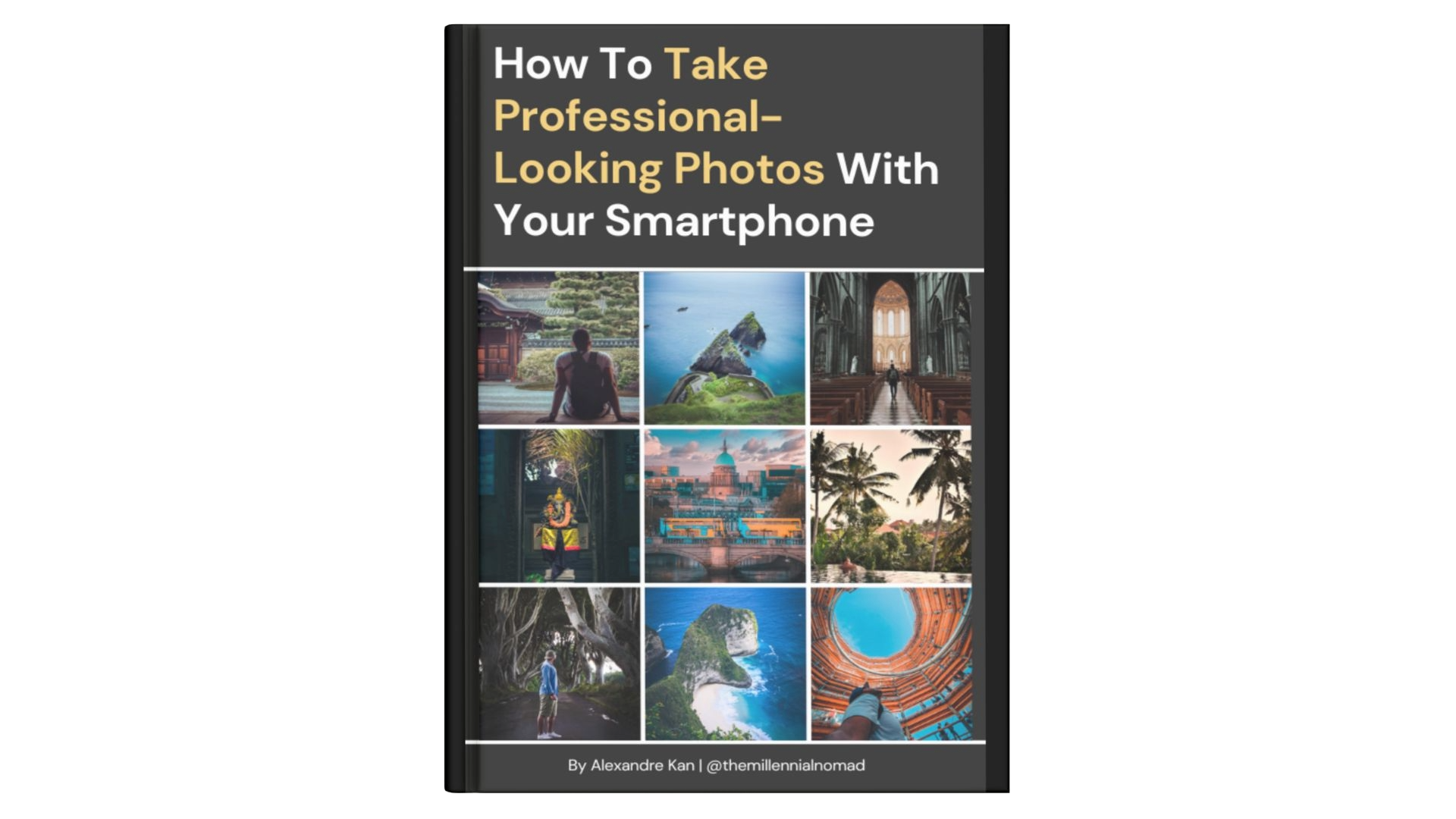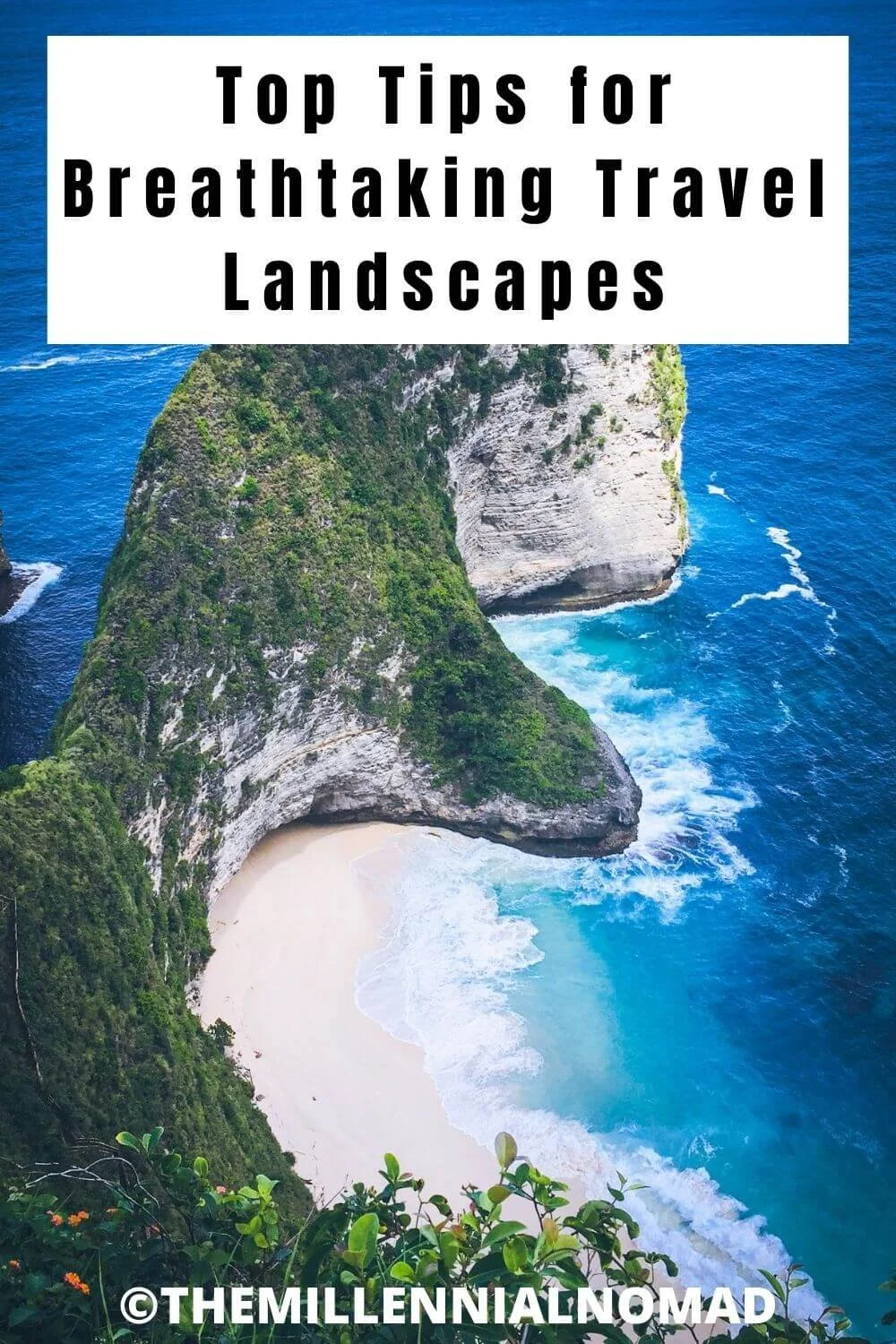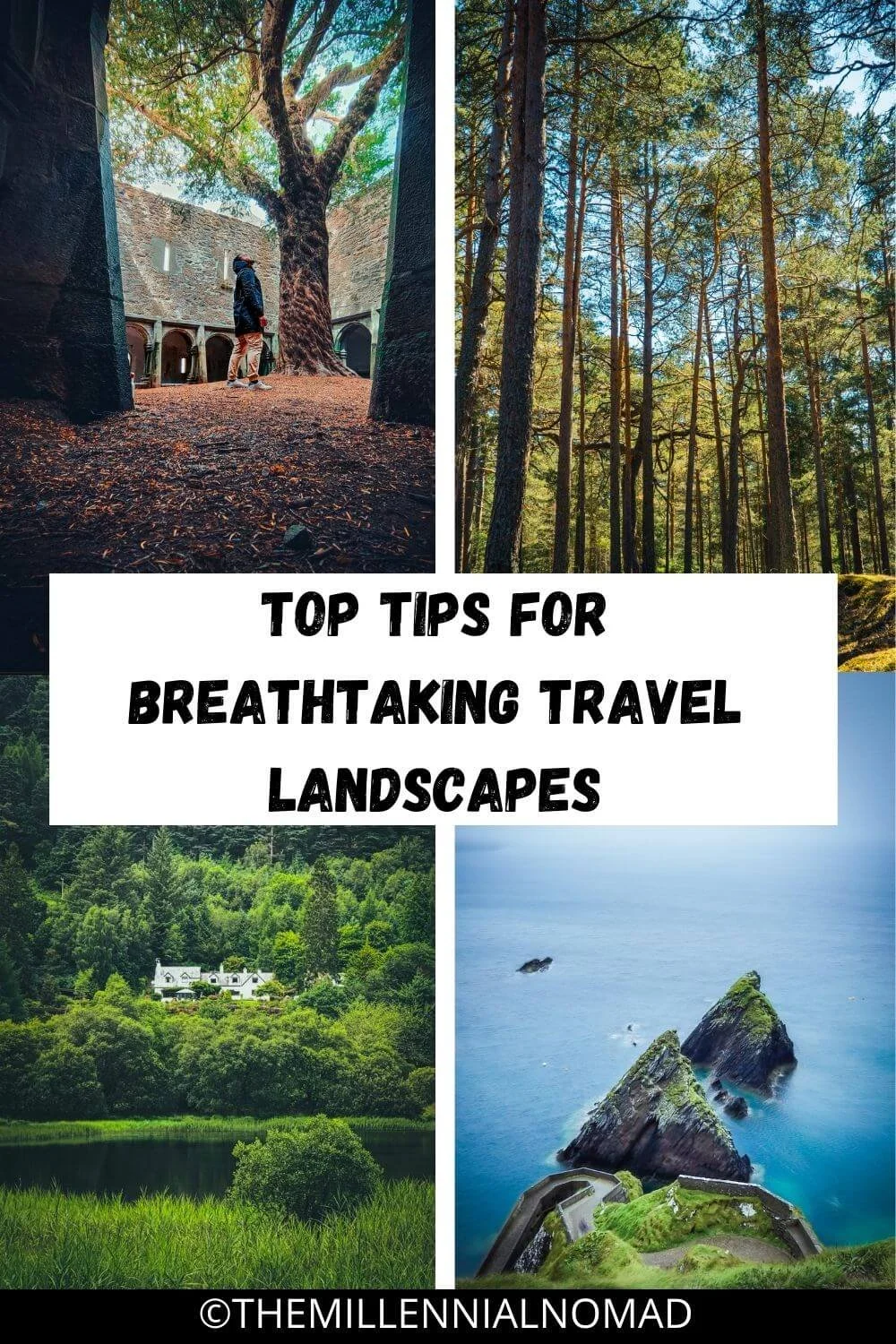Top Travel Landscape Photography Tips for Stunning Photos
/This post may contains affiliate offers and if you make a purchase through these links, I may earn a commission, which helps support this website and keep it ad free. This comes at no extra cost to you
After travelling across the world and capturing most of its hidden gems, I believe I know a thing or two nowadays to help you improve your travel landscape photography.
For me, your equipment does not matter. Sure it can help you turn your vision into reality, but so does mobile phones nowadays. What you need is the know-how to turn your vision into reality and that is what will make the difference between a vacation photo and a travel photo.
So whether you are a professional photographer or just someone who enjoys capturing the beauty of nature on their travels, here are some tips that could take your photos to the next level.
Understand your equipment
Understanding your gear is essential to capturing great landscape photography.
Know your camera: Whether you have a DSLR, mirrorless, mobile phone camera or a simple point-and-shoot, make sure you understand the functionalities of your camera.
Choose the right lens: The lens can make a significant difference in your photos. A wide-angle lens is usually a go-to for landscape photography. A lens in the range of 16 to 35mm usually is ideal.
Don’t forget the tripod: A sturdy tripod ensures sharp images, especially during long exposure shots.
Personally, I like to keep my gear minimal. I noticed that carrying too much gear usually distracts me from focusing on the vision and photo storytelling I want to capture.
I wrote an article about the gear I use My Minimalist Travel Photography Gear if you are interested to learn more.
Master the art of composition
The composition is the backbone of any great photograph. Luckily you do not know need to know them all to take great photos. Here are the main one you must know
Rule of thirds
This involves dividing your image using 2 horizontal and 2 vertical lines. The main elements in your scene should be positioned along these lines or at their intersections.
Leading lines
Use lines to lead the eye into the image towards the subject.
Foreground interest
Including interesting objects in the foreground adds depth and context to your images.
Pay attention to the lighting
Lighting can dramatically change the mood of your image depending on the location and the time of the day that you shoot your photo. In photography here are the most popular time of the day where the light is ideal to take photos:
Golden hours: The hour after sunrise and before sunset provides soft, warm light, perfect for landscape photography.
Blue hour: The time just before sunrise and just after sunset provides a lovely blue tone.
Try to avoid Midday sunlight if you can. If not, although it can be harsh, with the right techniques, you can create some stunning landscape photos too.
The good thing about those photography rules is that they can be broken as long as you know what you are doing.
Learn to work with the weather
Despite what you might think, overcast and rainy days can provide fantastic opportunities for unique photos.
Overcast skies often provide soft, diffused light which is ideal for landscape photography, where the focus is on all the details and elements in the shot.
Inclement weather: Rain, snow, and fog can add a unique and moody atmosphere to your images.
Shooting after the rain: Puddles, dew, and wet surfaces can add extra shine and reflections to your photos.
Over the years, I have learned that the weather does not stop me from taking great photos. On the contrary, it affords a challenge to find a unique perspective to give the viewer a unique look at a popular location.
Edit your images
Lastly, don't forget the post-production process. Some light edits can go a long way, such as:
Adjust your contrast, saturation, and sharpness.
Use the crop tool to fine-tune your composition.
Use a selective adjustment tool to work on specific areas of your photo.
I used to use VSCO and Snapseed in the past. But since I started taking photography more seriously I use Adobe Lightroom to edit my photos. I won’t bore you with the reasons why in this article, I already wrote a few that can you can find below.
If you want to learn more about Adobe Lightroom for photographers, you can check out their photography plan here.
I also wrote a few blog articles on why Adobe Lightroom is the best editing software for photographers.
Ready to take your travel photography skills to the next level?
Download my photography cheat sheet, where I unveil my 3 steps approach to travel photography. This is the approach I share during my travel photo tours in Dublin and guides my guests around the city to capture amazing landscape shots.
Here is a breakdown of what you will learn by downloading this free cheat sheet:
Step 1: The Vision
Visualize your surroundings and spot what stands out. Learn how to capture the essence of a place, turning ordinary scenes into extraordinary memories.
Step 2: The Technique
I mentioned a few in this article, but in this guide you will discover the best photography techniques to bring your vision to life. From composition to lighting, we'll equip you with the tools to capture that perfect shot.
Step 3: Editing Magic
Turn your vision into reality with our photography editing tricks. Enhance colours, balance tones, and create captivating visuals that leave an everlasting impression.
Don't miss this opportunity to master the art of travel photography from your smartphone! Download your free copy now and embark on a journey of creative exploration.
As you can see becoming a pro landscape photographer requires a mix of preparation, creativity, and spontaneity. With these tips, you are ready to improve your landscape photography and capture some breathtaking shots on your next adventure. Remember, the most crucial tip is to enjoy the process and let your passion for nature and travel shine through your images.
If you enjoyed reading this article, make sure to like it and leave a comment, it actually makes a difference. And if you know anyone that could benefit from reading it, feel free to share it with them.
PIN ME


























